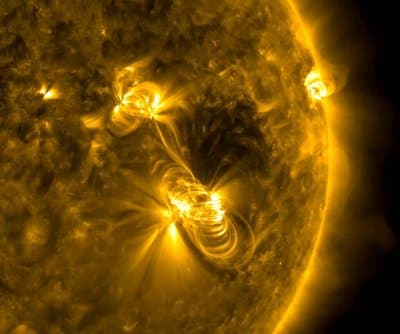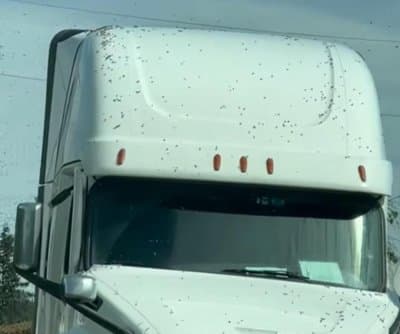ESA's Proba-3 Satellites Forge 6-Hour Artificial Solar Eclipses

ESA's Proba-3 mission employs two satellites, the Occulter and the Coronagraph, flying 492 feet apart to create artificial solar eclipses lasting up to six hours. This precision formation allows scientists to study the sun's corona, the outer atmosphere, which is significantly hotter than the sun's surface. 'Our artificial eclipse images are comparable with those taken during a natural eclipse,' said Andrei Zhukov, principal investigator for ASPIICS at the Royal Observatory of Belgium.
By generating these prolonged eclipses, Proba-3 provides a unique opportunity to observe solar phenomena such as coronal mass ejections and solar winds, which can impact Earth's communications and power systems. The mission's success hinges on millimeter-level accuracy, achieved through autonomous systems utilizing GPS, star trackers, lasers, and radio links. 'It is exciting to see these stunning images validate our technologies in what is now the world's first precision formation flying mission,' stated Dietmar Pilz, ESA director of Technology, Engineering and Quality.
Proba-3's artificial eclipses, lasting up to six hours, vastly exceed the fleeting minutes of natural solar eclipses, offering over 1,000 hours of totality over the mission's two-year span.












